The control system of this project is driven by a Spark Core(web/cloud connected Micro controller). It will have four major components, a homemade LED grow light, a internet connected micro controller, web app/software and of course some tasty plants.
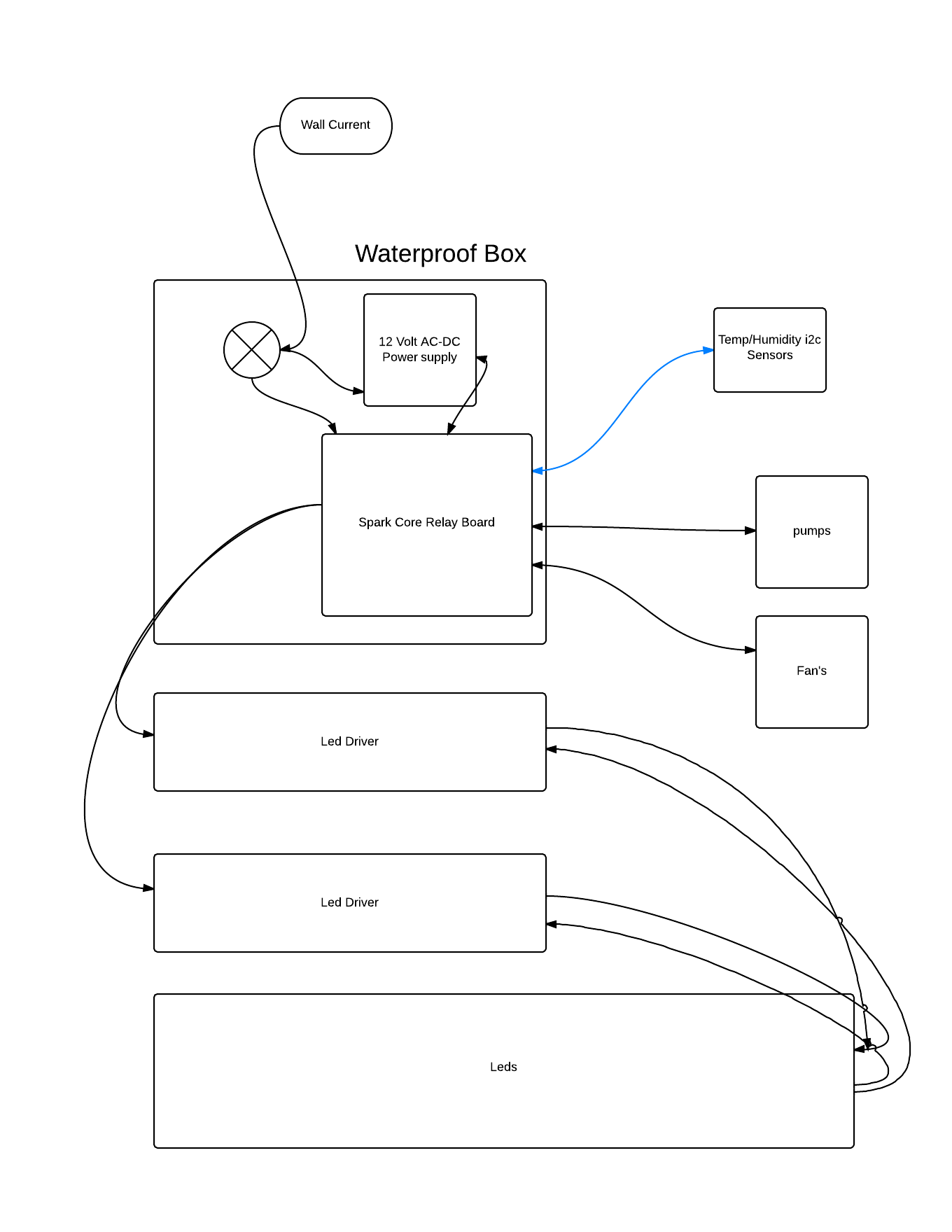
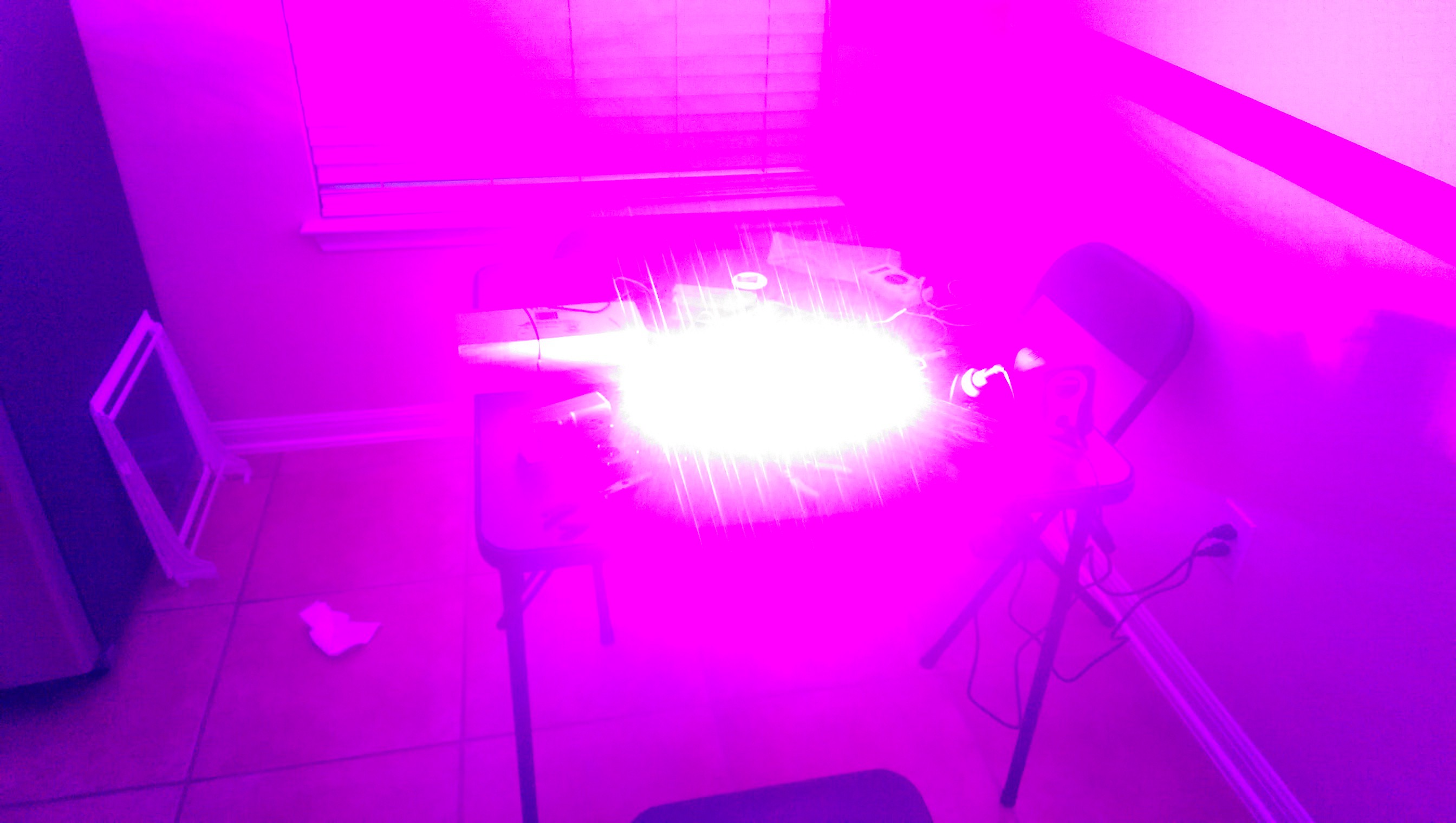

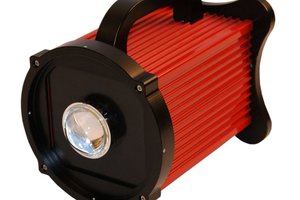
 Michael
Michael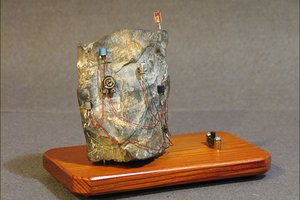
 carbono.silício
carbono.silício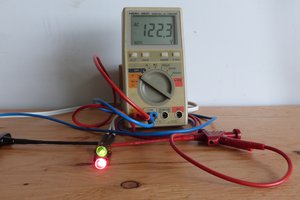
 MagicWolfi
MagicWolfi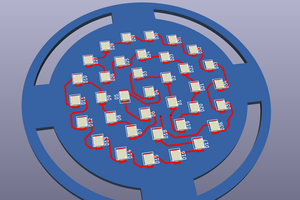
Super cool project! I am working on a Particle powered outlet controller, and one of my applications I thought would be cool is for growing.